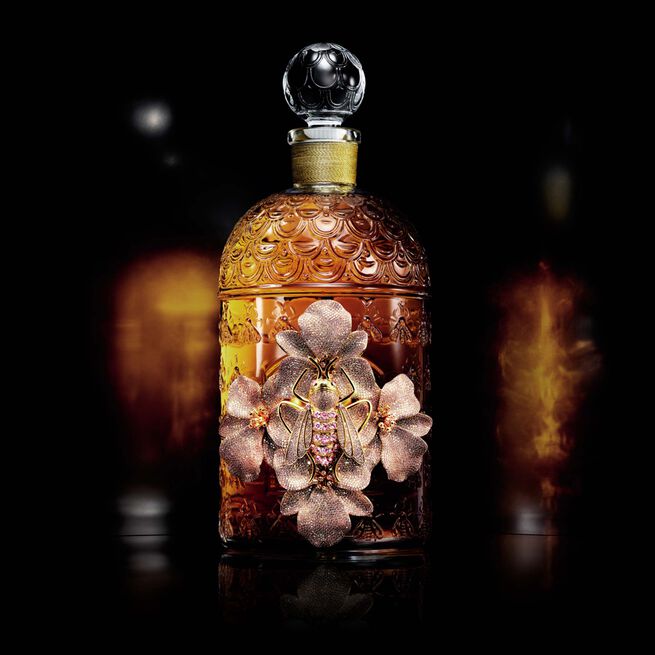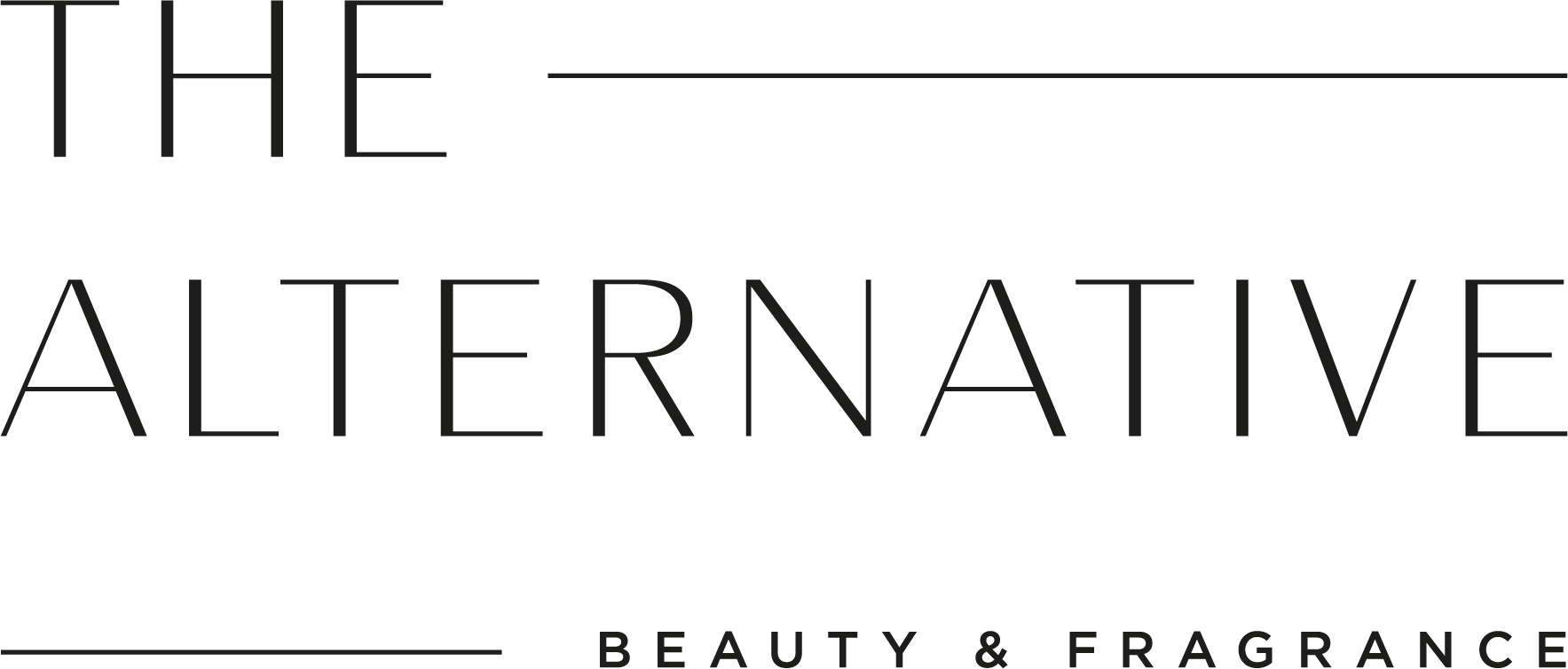The Art and Science of Perfume Making: Crafting Elegance in a Bottle
Introduction
Perfume, a harmonious blend of scents that can evoke emotions, memories, and sensuality, is much more than just a pleasant aroma. Perfume making is an intricate and ancient craft that combines artistry, chemistry and a deep understanding of the olfactory world. In this article, we will take you on a journey into the captivating world of perfume making, from the selection of raw materials to the final bottled fragrance.
The Perfumer’s Palette
The creation of a perfume begins with the selection of raw materials, which include natural and synthetic ingredients. Natural ingredients are sourced from plants, flowers, fruits, spices, and resins, while synthetic ingredients are created in laboratories to mimic or enhance natural scents. The perfumer’s palette is vast and diverse, offering an array of aromatic building blocks.
The Perfume Pyramid
Perfume creation follows a structure known as the fragrance pyramid, consisting of top, middle, and base notes. The top notes are the initial scents that you detect upon applying the fragrance. They are light and volatile, often citrus or herbal. Middle notes emerge after the top notes fade, providing the core character of the scent. Finally, the base notes are the deep, long-lasting scents that persist throughout the day. Perfumers must carefully balance and blend these notes to create a harmonious fragrance.
Extraction of Natural Ingredients
Natural ingredients are extracted using various methods, such as steam distillation, solvent extraction, and enfleurage. For example, rose petals can be steam-distilled to produce rose essential oil, while delicate flowers like jasmine are often extracted through enfleurage, a labor-intensive process that involves enfleurage pomade. Natural extracts contribute depth and complexity to perfumes, but their availability and quality can vary from season to season.
Creating a Unique Signature
The ultimate goal of a perfumer is to craft a unique and memorable fragrance, a signature scent that stands out in a crowded market. The art of perfume making is a deeply personal journey for perfumers, each seeking to tell a distinct olfactory story through their creations.
Quality Control
Ensuring the highest quality is essential in perfume making. Fragrance professionals conduct rigorous testing to ensure the stability, longevity, and consistency of the scent. Only when a fragrance passes these tests can it be considered for commercial production.
Packaging and Presentation
The final fragrance is then beautifully packaged in bottles that reflect the artistry and aesthetics of the brand. The bottle’s design, the choice of materials, and the label all contribute to the overall impression of the perfume.
Conclusion
Perfume making is a remarkable fusion of art, science, and sensory exploration. The creation of a fragrance involves a deep understanding of raw materials, a keen sense of olfaction, and an unwavering commitment to quality. Perfume makers craft elegance in a bottle, offering the world an opportunity to indulge in the captivating world of scents, and perhaps discover a new olfactory journey of their own.


